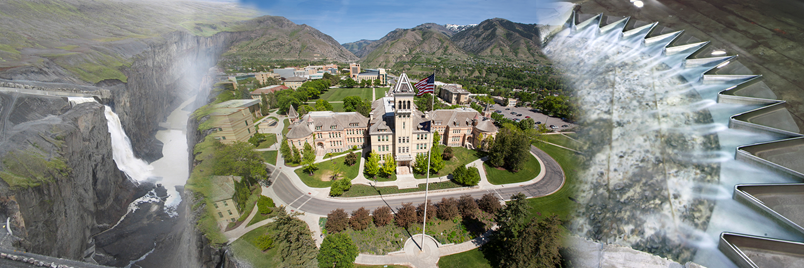Location
Virtual
Start Date
7-5-2021 12:00 AM
End Date
7-8-2021 12:00 AM
Description
Secondary currents, turbulence characteristics and bed shear stress distribution are the crucial parameters for specifying sediment transport. Hence, to understand the sediment transport in sediment bypass tunnels (SBTs), we performed computational fluid dynamics (CFD) simulation of supercritical flow in a narrow straight channel. The results of the steady state simulation (Froude number ≈ 1.8) were compared with experimental results. The commonly used two-equations linear eddy-viscosity models are limited to isotropic turbulence closure and hence could not replicate the desired secondary currents. Therefore, the LRR Reynolds Stress Model was used, and predicted the flow features and the secondary currents (three kinds in total) effectively. The secondary currents affected the longitudinal velocity and caused velocity dip. The existing atmEpsilonWallFunction was used to represent the dissipation of turbulent kinetic energy on the free surface. The obtained mean bed shear stress was 9.265 N/m2 which is lower than the measured value of 10.225 N/m2. This initial study contributes to the existing knowledge on the applications of CFD modelling in supercritical flow and SBTs. However, a comprehensive study considering different flow scenarios in narrow channels using improved LRR model and boundary conditions, over the used ones, is aimed to improve the accuracy in the estimation of flow field and bed shear stress.
Included in
CFD Simulation of Supercritical Flow in Narrow Channels Including Sediment Bypass Tunnels
Virtual
Secondary currents, turbulence characteristics and bed shear stress distribution are the crucial parameters for specifying sediment transport. Hence, to understand the sediment transport in sediment bypass tunnels (SBTs), we performed computational fluid dynamics (CFD) simulation of supercritical flow in a narrow straight channel. The results of the steady state simulation (Froude number ≈ 1.8) were compared with experimental results. The commonly used two-equations linear eddy-viscosity models are limited to isotropic turbulence closure and hence could not replicate the desired secondary currents. Therefore, the LRR Reynolds Stress Model was used, and predicted the flow features and the secondary currents (three kinds in total) effectively. The secondary currents affected the longitudinal velocity and caused velocity dip. The existing atmEpsilonWallFunction was used to represent the dissipation of turbulent kinetic energy on the free surface. The obtained mean bed shear stress was 9.265 N/m2 which is lower than the measured value of 10.225 N/m2. This initial study contributes to the existing knowledge on the applications of CFD modelling in supercritical flow and SBTs. However, a comprehensive study considering different flow scenarios in narrow channels using improved LRR model and boundary conditions, over the used ones, is aimed to improve the accuracy in the estimation of flow field and bed shear stress.


